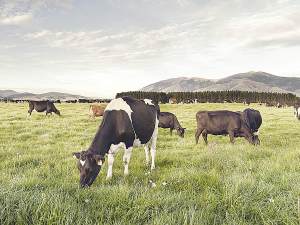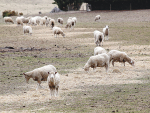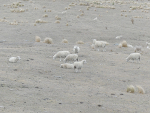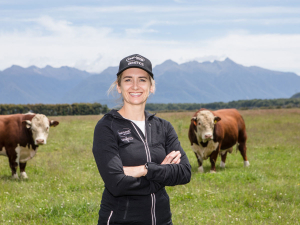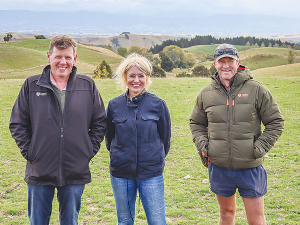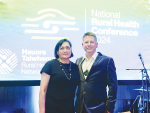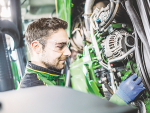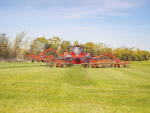MethaneSAT is a global initiative led by the US Environmental Defense Fund to track and reduce methane emissions around the world.
The US project is focused on methane leaks from oil and gas production, while the New Zealand-led agricultural programme is studying global emissions from agriculture, such as ruminant farming and rice production.
Science leader for the agricultural programme, NIWA’s Dr Sara Mikaloff-Fletcher, says the state-of-the-art satellite, which launches in the coming weeks, is unique because it can measure a large area and map methane with unprecedented precision.
“MethaneSAT will give us the type of data that we could never get from ground-based measurements,” she says. “It will map methane over 200 by 200 kilometre regions, being able to detect as few as two parts of methane per billion when averaged over a 1km spatial resolution.”
She says that because of this, MethaneSAT will be the first satellite well-suited to quantifying diffuse agricultural emissions, meaning the scientists could be the first team to develop and prove the capability worldwide.
New Zealand provides the perfect test ground for the MethaneSAT agricultural programme, because it has an unusual greenhouse gas profile and world class greenhouse gas measurement and modelling capability.
While carbon dioxide (CO2) is the most important greenhouse gas for most developed countries, New Zealand’s biggest source of emissions is methane, and the lion’s share of that comes from agriculture.
"If you are developing something new, you must prove it works. We will have a field campaign in New Zealand to measure methane emissions at ground-level and from aircraft to test the satellite's capability," says Mikaloff-Fletcher.
Atmospheric researchers have been laying the groundwork since 2021 by developing and testing models to make sense of the satellite data, preparing and testing instruments to validate satellite information on the ground, and identifying places for the satellite to measure agricultural emissions around the world.
New Zealand has a long history of world class greenhouse gas measurements and modelling. NIWA’s atmospheric observing site at Lauder is one of the two founding Total Column Carbon Observing Network sites, which are the gold standard for validating greenhouse gas observing satellites, including MethaneSAT.
"This capability positions us beautifully to ground truth our results. We will prove this capability in New Zealand, to demonstrate that measurements made at other locations around the world can be used with confidence,” says Mikaloff-Fletcher.
“Post-launch, access to data from the satellite scanning the atmosphere will herald an exciting new stage in the research," she concludes.

